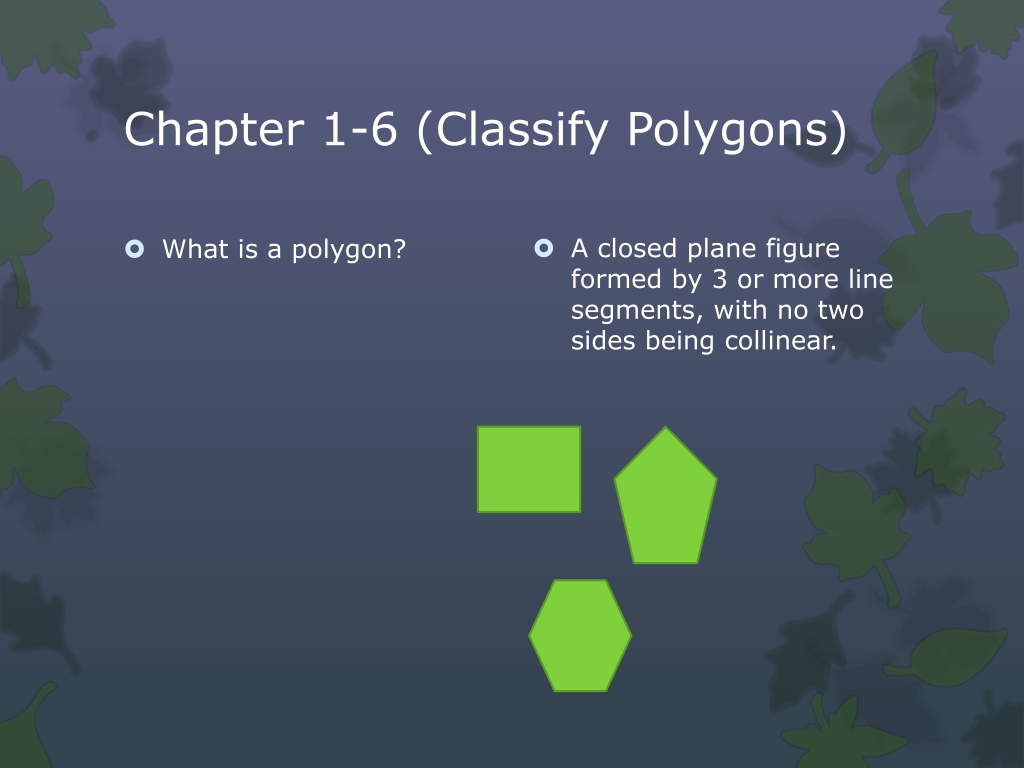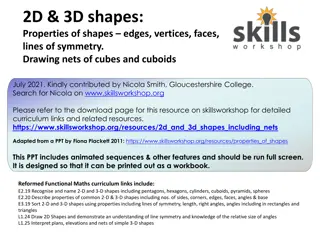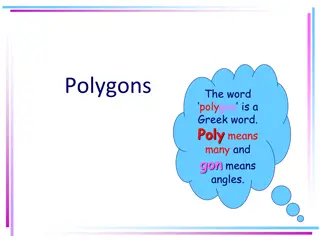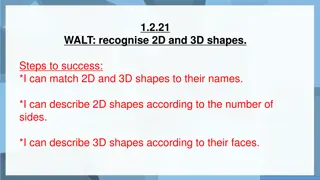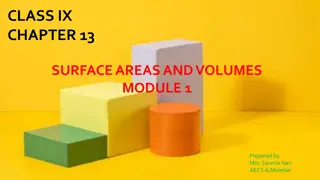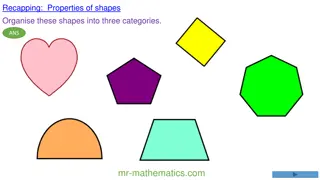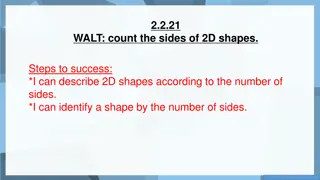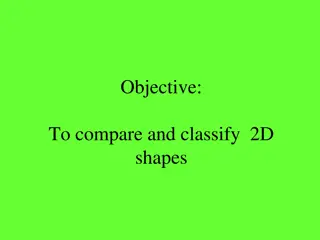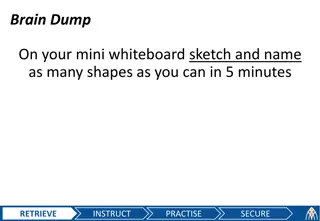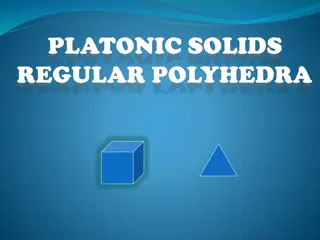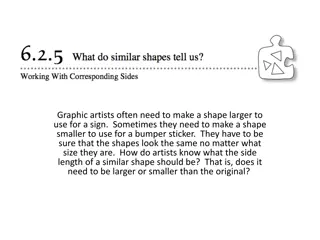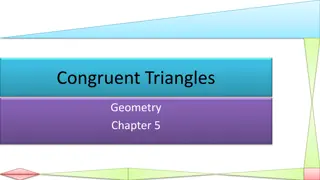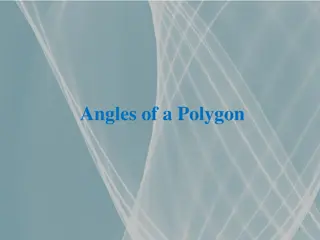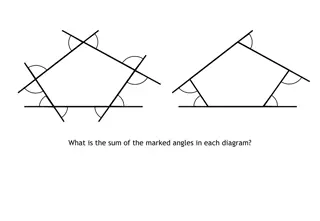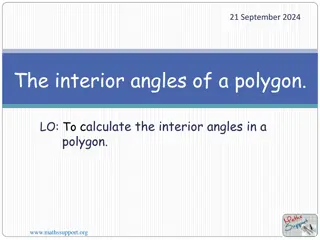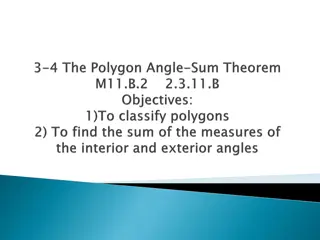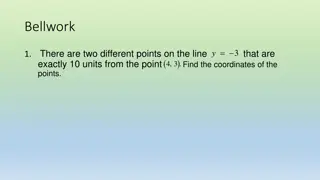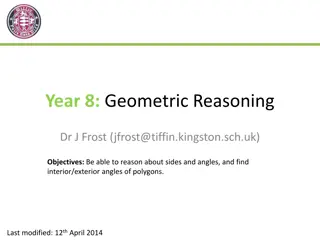Understanding Polygons: Classifying Shapes with Multiple Sides
Explore the world of polygons, closed plane figures consisting of three or more line segments. Learn about convex and concave polygons, different classifications based on the number of sides, and properties of congruent polygons. Dive into examples and problems to deepen your understanding.
Download Presentation

Please find below an Image/Link to download the presentation.
The content on the website is provided AS IS for your information and personal use only. It may not be sold, licensed, or shared on other websites without obtaining consent from the author. Download presentation by click this link. If you encounter any issues during the download, it is possible that the publisher has removed the file from their server.
E N D
Presentation Transcript
Chapter 1-6 (Classify Polygons) A closed plane figure formed by 3 or more line segments, with no two sides being collinear. What is a polygon?
Chapter 1-6 (Classify Polygons) Convex: All vertices going outward Two types of polygons Concave: A vertex going inside the polygon
Chapter 1-6 (Classify Polygons) Example Tell whether the following polygons are convex or concave
Chapter 1-6 (Classify Polygons) How do you classify polygons? Named by the number of sides After 12 sides, the general name is a n-gon, where n is the number of sides Congruent polygons: Equilateral: All sides are congruent Equiangular: All angles are congruent Regular: Convex polygon that is both
Chapter 1-6 (Classify Polygons) Example Classify the polygons by the number of sides. Is it equilateral, equiangular, or regular?
Chapter 1-6 (Classify Polygons) Example
Chapter 1-6 (Classify Polygons) Example The expression (4x + 8) and (5x 5) represent the measures of 2 of the congruent angles in the previous problem. Find the measure the an angle.
